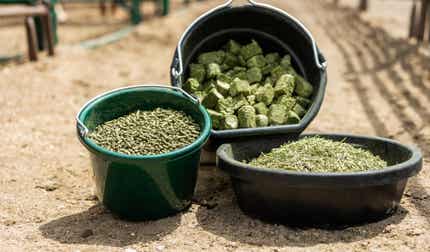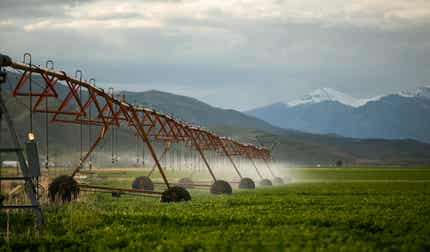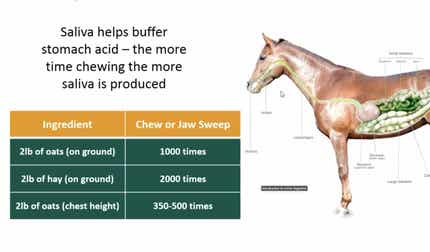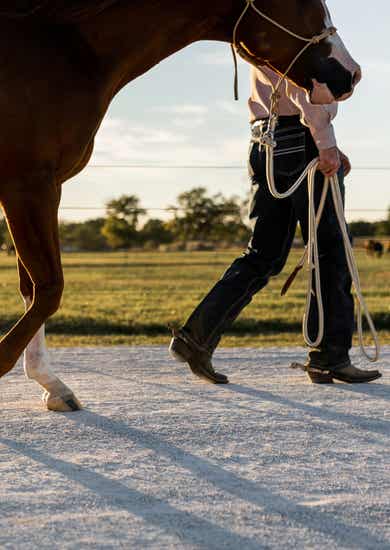At Standlee, we're dedicated to providing a diverse range of high-quality nutritional resources for our valued customers. We continuously refine our farm, sourcing, production, and delivery methods to ensure that you and your livestock receive the finest, most nutritious options available.

Standlee Nutritionists
Standlee has partnered with some of the industry’s best equine nutritionists and PhDs to further our dedication to premium forage & proper equine nutrition. Meet them.

Feeding Instructions
Feeding instructions for forage and beet pulp products across several animal species that Standlee creates products for.

Nutritional Analysis
In-depth nutritional analysis that provides the guaranteed analyses by forage type.

Nutritional Webinars
Standlee recorded nutritional webinars for horse owners. Webinar topics include feeding and nutritional tips for your horse's optimal health.

Nutritional Papers
Nutritional white papers crafted by Standlee nutritionists. Explore a range of topics that provide practical solutions to your nutrition needs.

